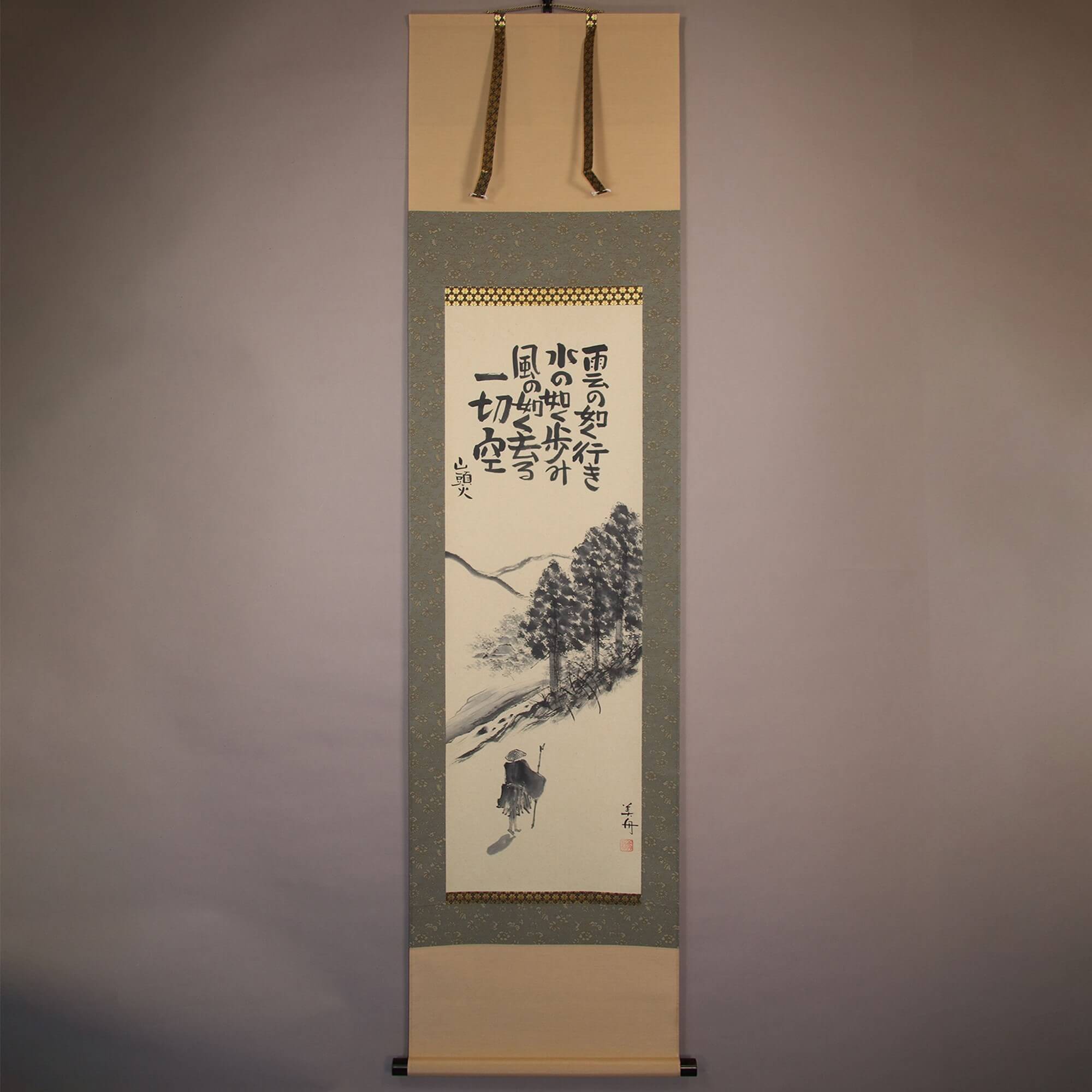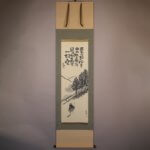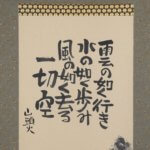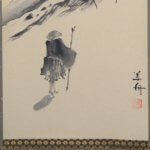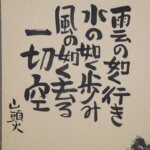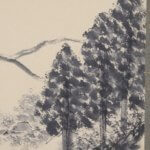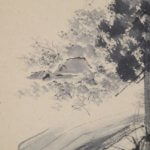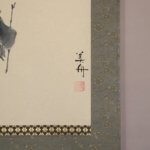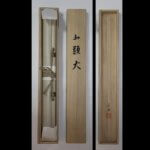Kakejiku Hanging Scroll: Santōka: Issaikū / Yuki Bishū - Santōka / Issai Kū
- Product ID
- B0076
- Name
- Yuki Bishū
- Profile
A Japanese-style painter. In 1955, born in Gifu Pref. Active in solo exhibitions, which have been held at galleries and department stores.
- Size
- 720mm x 1380mm
- Roller End Material
Redsandakwood- Material of the Work
- Japanese paper
- Stock Condition
- Sold out
- Duty and Taxes
Import duty and taxes are beyond our control and may apply to your shipment. Please noted that these fees are the responsibility of the buyer.
- Description
Taneda Santōka was a wandering poet who was active from the Taishō period to the Shōwa period. He was also a Zen priest. Many of his free-form haikus are still popular and catch people’s hearts. This work was drawn by a modern Japanese style painter Yuki Bishū, depicting Santōka who was traveling, together with his popular haiku poem. The haiku phrase is below.
Kumo no gotoku iki (Go like a cloud)
Mizu no gotoku ayumi (Walk like water)
Kaze no gotoku saru (Leave like a wind)
Issaikū
“Issaikū” is a Buddhist concept meaning “everything that exists in this world is a transitional thing, and nothing remains in substance. It is important to accept as it is without being interfered with by things.”
This is a popular work by Yuki Bishū, which depicts Santōka who was traveling, together with the haiku of Santōka which expressed the Buddhist concept in easy-to-understand phrases.

